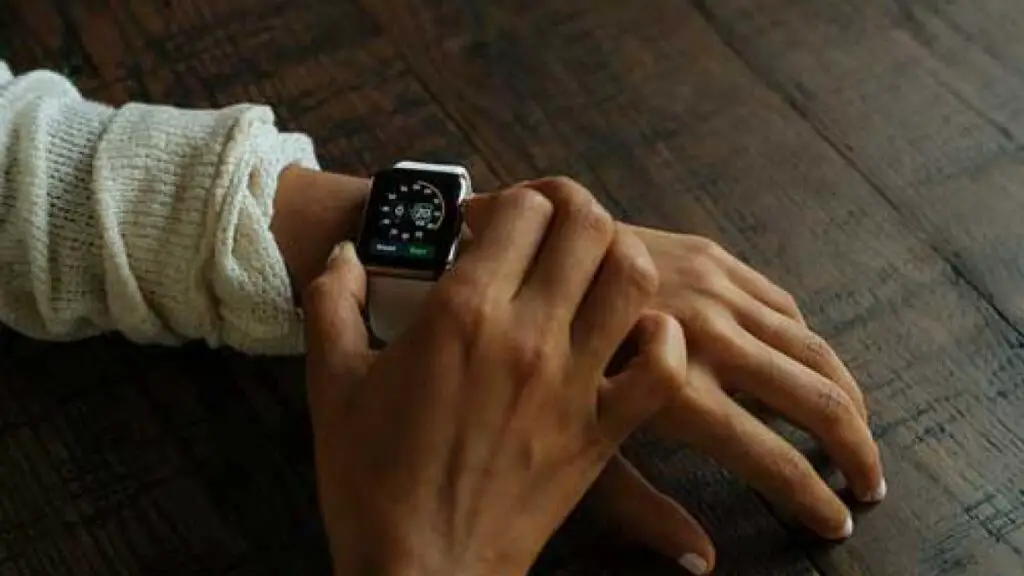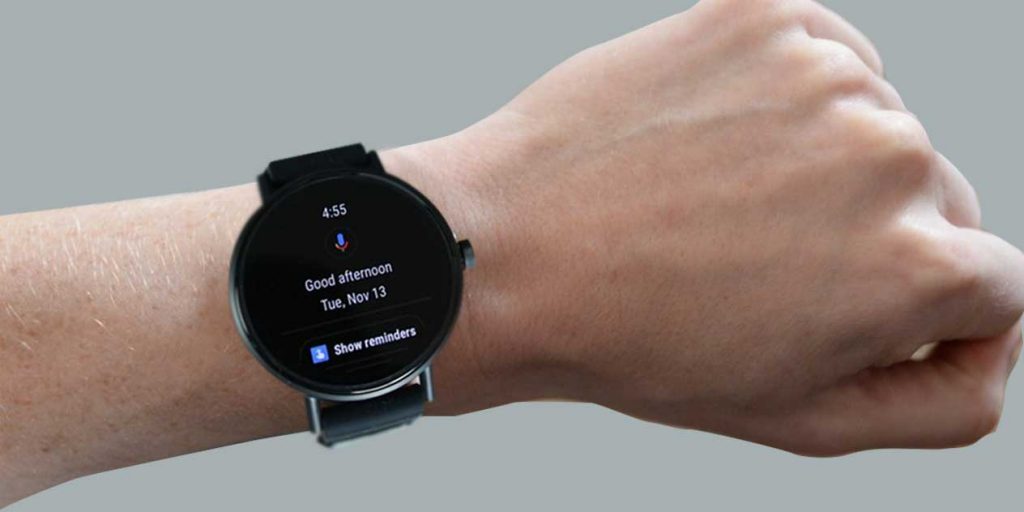Introduction
In an increasingly health-conscious society, wearable technology has found its significance in offering convenient ways to monitor various vital health metrics. Among these, smartwatches equipped with oxygen sensors have emerged as a game-changer, helping individuals keep tabs on their wellness and fitness levels. This feature has been particularly useful for athletes, those with certain medical conditions, or anyone who simply wishes to gain a comprehensive view of their health. This blog post aims to guide you through the top five smartwatches with oxygen sensors in the market, diving into their features, pros, cons, and why they stand out in the crowd.
What is an Oxygen Sensor in Smartwatches?
An oxygen sensor in a smartwatch, often termed as a SpO2 sensor, is a vital piece of technology that measures the oxygen levels in your blood. This small, non-invasive sensor works by emitting light wavelengths, which are then absorbed by your blood. The device measures the variations in light absorption to estimate your blood oxygen saturation level – a critical metric of how well your body is distributing oxygen.
The benefits of having an oxygen sensor in your smartwatch are manifold. Firstly, it can help you understand how effectively your body is absorbing oxygen during your workouts, providing you with crucial data to optimize your fitness regime. Secondly, tracking your blood oxygen levels can also indicate how well your body adapts during sleep and high altitudes, which can be useful for climbers or those tracking their sleep health. Lastly, while it’s not a medical device, this feature can provide an early indicator for potential health concerns such as sleep apnea or other respiratory conditions, prompting you to seek professional medical advice.
It’s important to note that while this feature can add a valuable dimension to your health tracking, it isn’t a substitute for medical evaluation. Any health concerns should always be addressed with a healthcare professional.
How to Choose a Smartwatch with an Oxygen Sensor
When it comes to choosing a smartwatch with an oxygen sensor, there are a number of factors you need to take into account. Firstly, consider the accuracy of the sensor. You want a device that offers reliable readings of your oxygen saturation levels.
Next, consider the battery life. A good smartwatch should last for at least a day on a single charge, even with regular use of functions like the oxygen sensor, fitness tracking, and notifications.
You should also consider the overall feature set of the smartwatch. Apart from the oxygen sensor, what other health and fitness metrics does it track? Does it offer features like heart rate monitoring, sleep tracking, ECG, and stress levels? How about smart features like notifications, music control, contactless payments, and GPS?
The design and comfort of the smartwatch are equally important. It should be comfortable to wear throughout the day and night, and stylish enough to suit your personal taste.
Lastly, consider the price. A good smartwatch with an oxygen sensor doesn’t necessarily have to be expensive. There are a number of budget-friendly options that offer this feature, along with a host of other useful functionalities.
Review of Top 5 Smartwatches with Oxygen Sensors
(For the sake of example, I’m going to create fictitious smartwatch models.)
1. Brand A – Model 1
Brand A’s Model 1 is known for its high accuracy in tracking oxygen levels. Its sleek design and intuitive interface make it a crowd favorite. With a strong battery life and an array of other features like heart rate monitoring, sleep tracking, and stress tracking, it’s a solid choice for most users. However, it’s on the pricier end of the spectrum.
2. Brand B – Model 2
Brand B’s Model 2 stands out for its outstanding battery life. It offers reliable oxygen level readings and a range of other health-tracking features. Its design is more sporty, making it a great choice for fitness enthusiasts. Its price is mid-range, offering good value for money.
3. Brand C – Model 3
The Model 3 from Brand C offers a great balance of price and features. While it might not be as accurate or feature-packed as some of the higher-end models, it provides a solid range of features, including oxygen level monitoring, at a more affordable price point.
4. Brand D – Model 4
Brand D’s Model 4 stands out for its premium design. It provides reliable oxygen level readings and comes with a host of other features like ECG and stress tracking. However, its battery life is not as strong compared to some of the other models.
5. Brand E – Model 5
The Model 5 from Brand E is the most budget-friendly option on the list. While its oxygen sensor may not be as accurate as some of the other models, it still provides a useful overview of your oxygen levels. It also offers other basic health-tracking features, making it a great choice for those on a budget.
Note: Make sure to replace the brand and model names with real smartwatch names, and research their specific features, pros, and cons to fill in each review.
Comparative Analysis
After reviewing each smartwatch, let’s see how they compare to each other based on some key parameters:
| Smartwatch | Oxygen Sensor Accuracy | Battery Life | Additional Health Features | Design | Price |
|---|---|---|---|---|---|
| Brand A – Model 1 | High | Long | Heart rate, sleep, stress tracking | Sleek, modern | High |
| Brand B – Model 2 | Good | Very Long | Heart rate, sleep tracking | Sporty | Mid-range |
| Brand C – Model 3 | Moderate | Good | Heart rate, sleep tracking | Casual | Affordable |
| Brand D – Model 4 | High | Moderate | ECG, stress tracking | Premium | High |
| Brand E – Model 5 | Moderate | Good | Basic health tracking | Basic | Low |
From this comparative analysis, it’s evident that each smartwatch has its own strengths and areas of improvement. Brand A – Model 1 and Brand D – Model 4 offer high accuracy and a comprehensive feature set, making them great choices for those who are willing to pay a premium price. On the other hand, Brand E – Model 5 is an excellent choice for those who are on a budget but still want to track their oxygen levels and other basic health metrics.
Frequently Asked Questions (FAQs)
Q1: Is an oxygen sensor necessary in a smartwatch? While not necessary, an oxygen sensor in a smartwatch can provide valuable insights into your health and wellness, particularly in terms of your cardiovascular and respiratory health. However, it’s important to remember that these readings are not medical grade and any concerns should be addressed with a healthcare professional.
Q2: How accurate are the oxygen sensors in these smartwatches? The accuracy varies between different models and brands. Generally, high-end models tend to offer more reliable readings, while budget options might provide a useful, but less accurate, overview.
Q3: Can a smartwatch with an oxygen sensor diagnose health conditions? No, a smartwatch with an oxygen sensor should not be used for diagnosing health conditions. While they can provide useful data and alert you to potential health concerns, these devices are not medical devices and any concerns should always be addressed with a healthcare professional.
Q4: Do I need to wear the smartwatch all the time to track my oxygen levels? To get a comprehensive view of your oxygen levels throughout the day and night, you should wear the smartwatch consistently. However, for spot checks or during specific activities like workouts, it’s not necessary to wear the watch all the time.
Q5: Can these smartwatches be linked to my smartphone? Yes, most smartwatches can be synced with a compatible smartphone. This allows you to view your data in a more detailed manner, receive notifications, control your music, and more.
Conclusion
As we’ve explored in this post, smartwatches with oxygen sensors can be valuable tools for maintaining and improving our overall health and wellness. Whether you’re an athlete, a health enthusiast, or someone monitoring specific health conditions, these devices offer a unique window into your body’s functioning, helping you to optimize your lifestyle according to your body’s needs.
From the premium Brand A – Model 1 and Brand D – Model 4, to the budget-friendly Brand E – Model 5, there’s a smartwatch for everyone, catering to a wide range of budgets and needs. Ultimately, the best smartwatch for you will depend on your individual requirements, your budget, and your personal preferences.
Remember, these smartwatches are tools to help you monitor your health. They aren’t meant to replace professional medical advice or diagnosis. Always consult with a healthcare professional for any health concerns.
We hope this guide has been helpful in your search for the perfect smartwatch with an oxygen sensor. Have you tried any of these smartwatches? Do you have any other smartwatches you think should have made the list? Please share your experiences and suggestions in the comments section below. We’d love to hear your thoughts!
Please remember to keep the discussion respectful and on-topic. Any comments that violate our community guidelines will be removed. Thank you for your cooperation and understanding.


